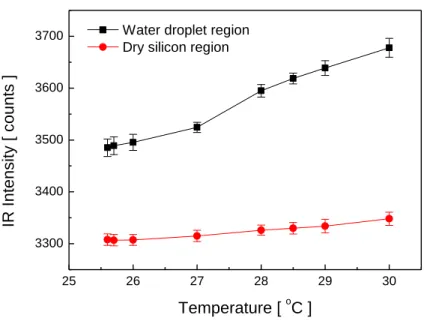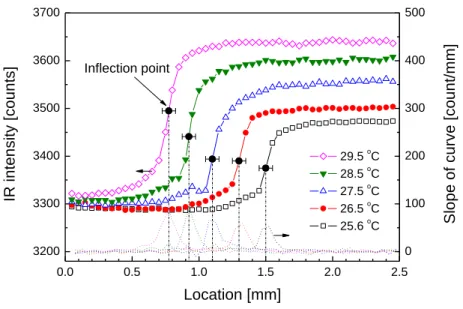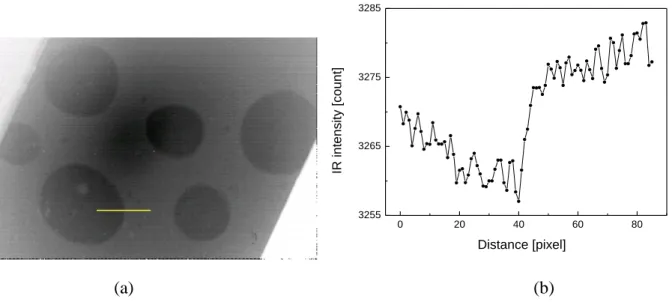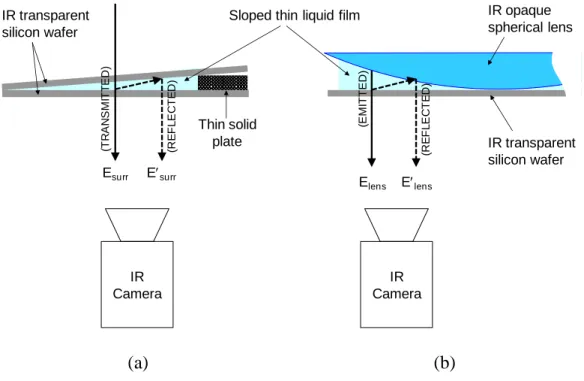Detection of liquid–vapor–solid triple contact line in two-phase heat transfer phenomena using high-speed infrared thermometry
Texte intégral
Figure

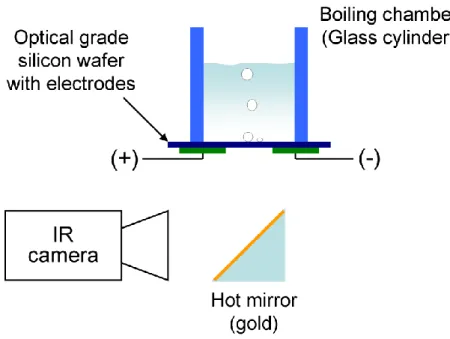
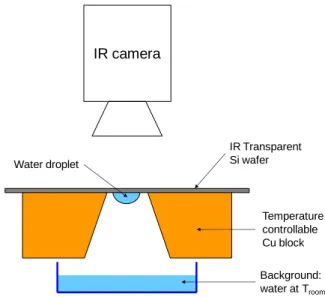
Documents relatifs
In the present study— as well as in a companion paper on a different tree species, Virola michelii (Montaigne et al. Unpublished) —we describe the study of the impact of
(7) From the perspective of particle dynamics, it can be simply said that the mesoscopic velocity and temperature are related to the coupling with the carrier phase, through drag
Determination of selamectin in dog plasma by high performance liquid chromatography with auto- mated solid phase extraction and fluorescence detection...
It furthermore permits quantification of the four melanin markers (PTCA, PDCA, TTCA and TDCA) in a single reverse phase HPLC analysis using a classical UV detector, while the
ASSISTANT EDITORS / RÉDACTEURS ADJOINTS : Vincent Boutonnet (Université de Québec en Outaouais), Mindy Carter & Lisa Starr (McGill University).. MANAGING EDITOR / DIRECTEUR
3 , the results are analyzed: we present the macroscopic effect of the controlled flow on time-averaged drag coefficient and relate it to the modification of the flow on the
relations theory’’, (A master Thesis in International Relations, University of Amesterdam,1998), p.55.. 56 ينامللأا يدقنلا رِّّظنملاب
study of the in-vivo fate and more particularly the assessment of their toxicity, tissue distribution and elimination. One of the major challenge in the field of isotopically
